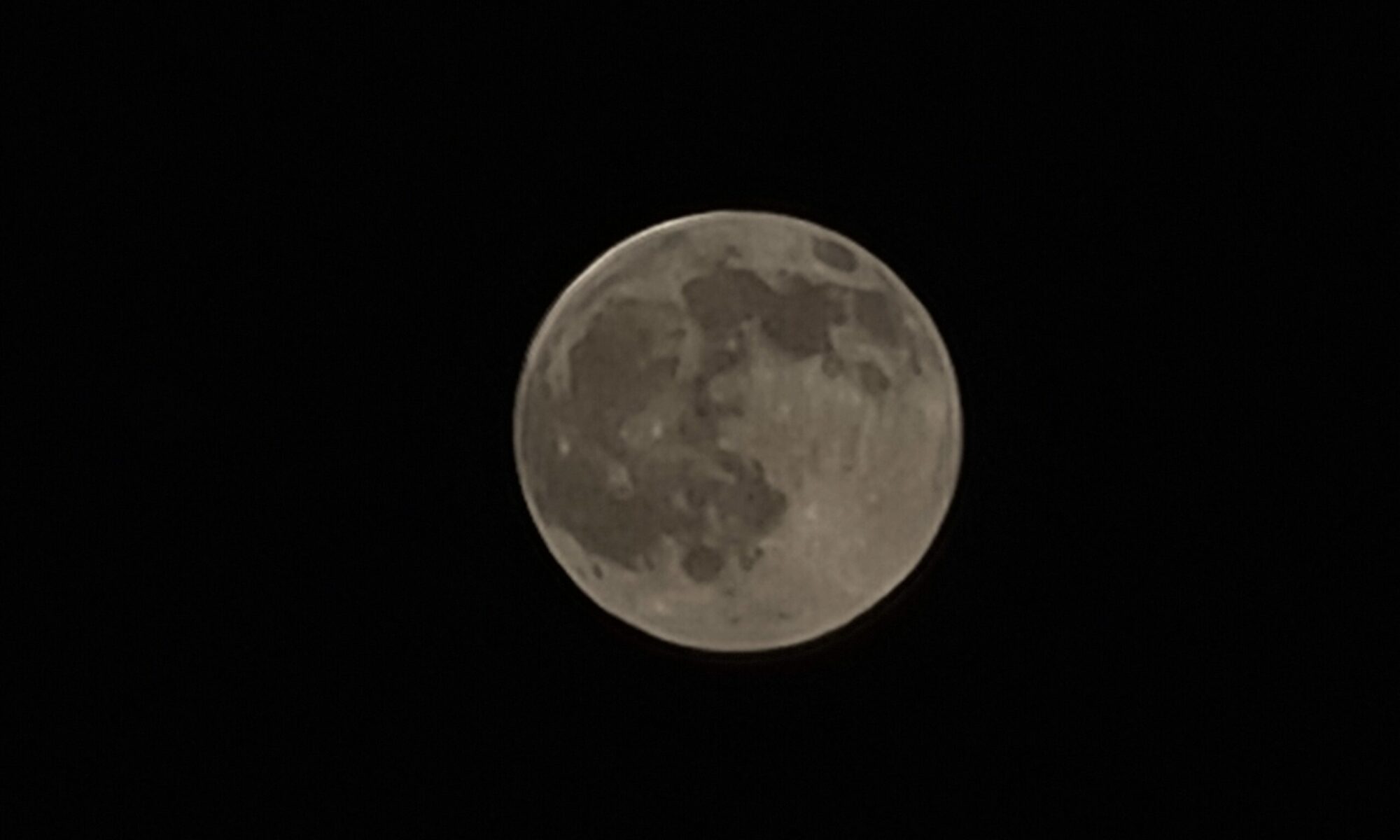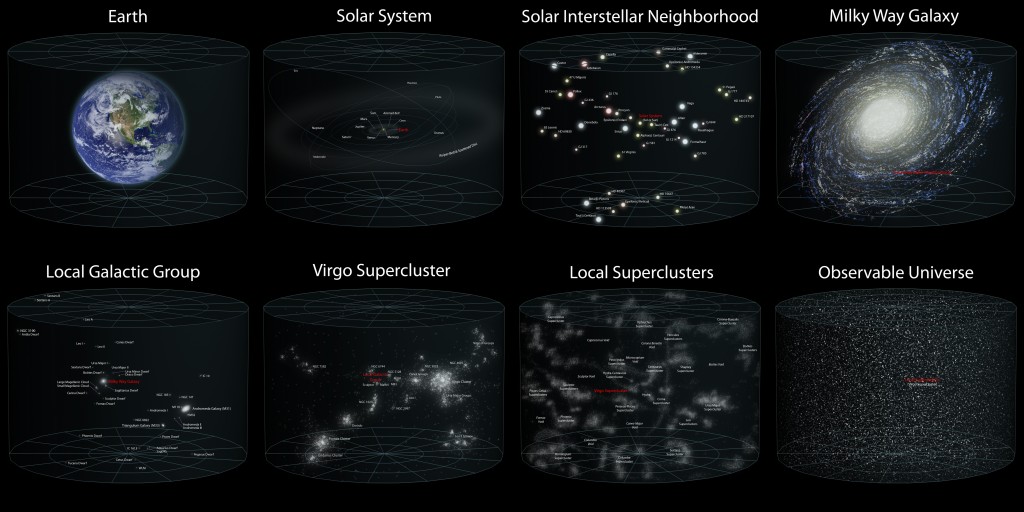The human race is among the first intelligent species in the universe. We are not the first, since there are stars that are older then our sun and some of those have or had a high chance of evolving intelligent life. If that species is a life today is a different matter. Intelligent species on Earth might even have happened before in Earth history since it only seems to take a species to evolve intelligent over a time period of only 2,1 to 3 million years from start to finish. It only took the evolution of the human race 2,1 million year to happen from when it started and until it current stage.
Given the age of the universe and based on the assumption that population III stars did not have any matters in them to support life as we know it (carbon based), it is clear that life might only be possible in population II stars and then only in rare cases. Current population I stars (like our sun) have the best chance of evolving life due to carbon that exists in our solar system, since carbon might be necessary for life to happen. Other types of life might happen in the right conditions but it can also be assumed that those instances are much rarer than carbon based life forms, since life based on carbon can start to evolve from the basic component soon as water and the right temperature appear on a planet surface.
Time is also a big factor here. Current estimated age of the universe is 13.8 billion years. When our solar system formed the age of the universe was only 9,3 billion years. Only star systems that are older than our solar system by 4,0 billion years can be considered to have evolved intelligent life at that time. I don’t know why that is, but that might be the time frame it takes for an intelligent life to appear first time around on a plant. After that it might re-evolve several time if the first attempts dies out for any reason. Current evident don’t suggest that has happened on Earth, at least there are no traces in the fossil record that suggest it happening on Earth until primate appeared on Earth.
What I don’t know is the number of stars in the galaxy that are older than our sun. There are few, but I don’t remember how many they are and how far they are. But given the current time frame as I see it is clear that many of those stars have already entered or have finished their red giant phases. All life in those star systems that supported life are long gone and dead. If the intelligent life in those star system did move from their native solar system before they did go nova is something I can’t possibly know.
There is a good reason why SETI won’t find aliens. They might not be out there or at best they are in earlier development stage of their civilization and their radio signal just haven’t reached us yet. As for earlier civilization there is a reason to assume that they came and went with their own solar systems (died out when their star turned into a red dwarf) or moved to a area of space that the human race is unable to detect radio waves from. Whatever the reason I don’t expect to detect any good signals from space able aliens any time soon.
Accident have happened but have been ignored with the Ross 128 signal and Wow! signal. While the Wow! signal was not ignored as such it remaines unexplained. As for the signal from Ross 128 I suspect that was a radar signal from unknown alien race that is able to travel between star systems. If they are humanoid is impossible to know, but it took the signal 10,89 years to reach Earth and it was ignored as local interference while it is clear that it never was a local interference. Only due to the reason that nothing in orbit uses the frequency range where the signal was detected on (4500Mhz – 4900Mhz). By ITU Region 2 requirements this frequency range is allocated to sight to sight communication on ground on U.S territory. It is allocated to U.S military usage according to documents that I found (the limited range is 4400 – 4500Mhz, but anything from 4400Mhz and up to 4940Mhz is allocated to the U.S government use on land and note satellite communication).
The Wow! signal might be a second species on a technical level close to our own (+70 – 100 years ahead of the human race). Not yet space ready, but at the technical level that they are able to beam out narrow signals in accordance with the idea that aliens use the 1420Mhz to communicate in space (as humans have been doing for several years now [information here]). The Ross 128 signal is from a thrid species that is at least 300+ years ahead the human race in terms of technological process.
Regardless if the actual facts of this. It is quite possible and more probable that the human race is among the first species to reach technical and intelligent level in our parts of the universe. We are probably not the first species to reach this milestone as suggested by possible evidence (Wow! signal and Ross 128 signal). If the human race ever makes a contact is a different question in it self. As it is clear that the human race first needs to avoid going extinct by its own actions and that might be harder to do in current world climate of politics, greed and power struggle. A lot needs to change in coming decades for that to happen. Global warming also needs to be stopped for the human race own survival reasons (and the biosphere as a whole in the larger view).
I am not the first person to have this idea. See NPR article.
Are We The Earliest Intelligent Life In The Universe? (npr.org)
Article updated at 00:14 CET on 25.02.2018. Minor spelling error fixes.

